The “Bird and Baby” grows up: inside the new Eagle & Child
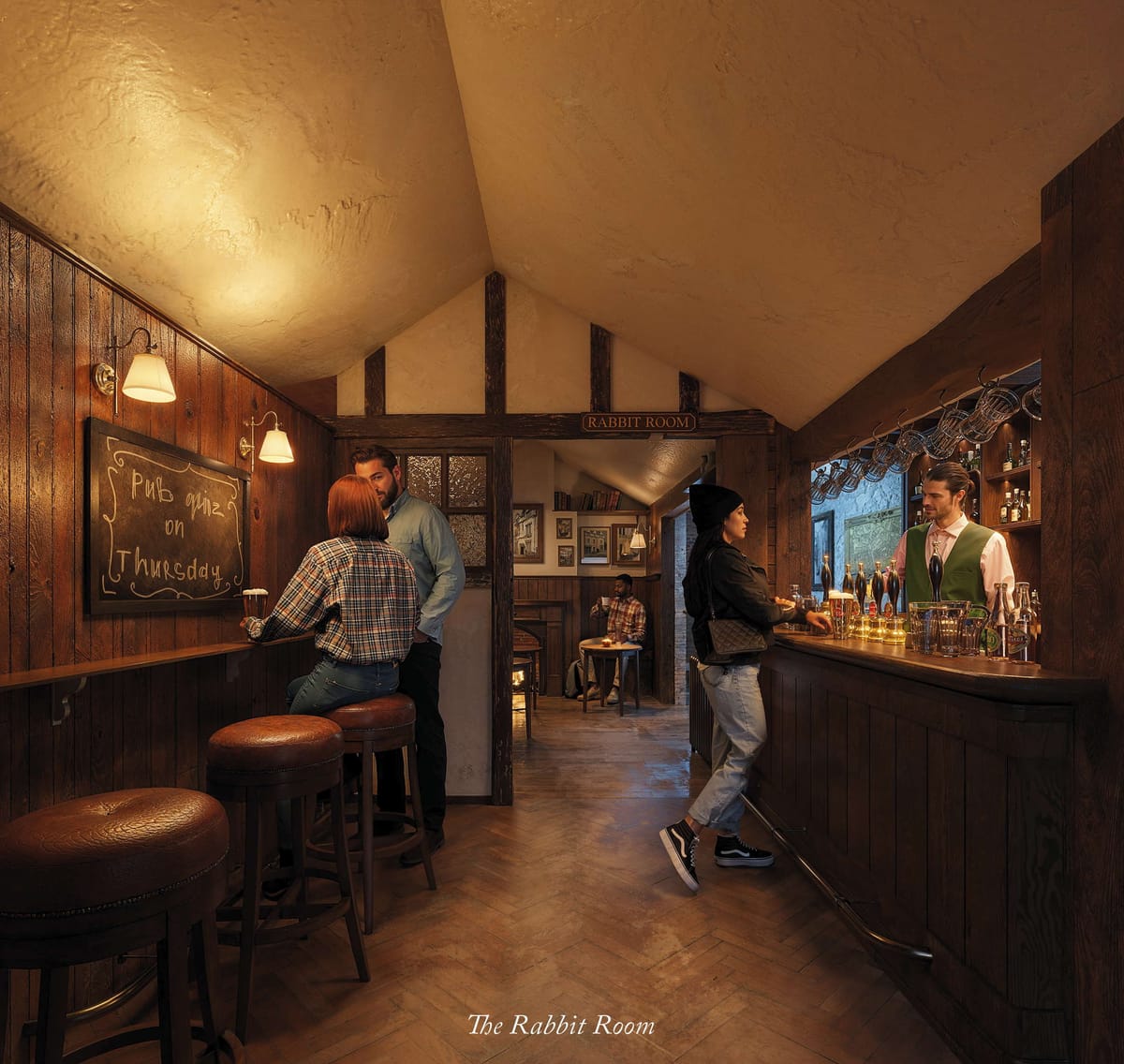
What do you get when the world’s third richest man buys Tolkien’s local? Oxford is about to find out.
The Eagle & Child is Oxford’s most storied inn. It was here that the Inklings met every Tuesday lunchtime – a writing group including J.R.R. Tolkien, C.S. Lewis, and Hugo Dyson, a lecturer in English who infamously dismissed one plot twist in the Lord of the Rings with “Not another —ing elf!”.
Larry Ellison is the billionaire behind US database giant Oracle. He owns the sixth largest island in Hawaii, hired Steve Jobs as his wedding photographer, and was compared to a lawnmower by a disgruntled ex-Oracle engineer. He also doesn’t drink.
All this makes him an unusual candidate for an Oxford pub landlord. But then the new Eagle & Child is going to be an unusual pub.
The masterplan is “a place for brilliant people to come together”. The Eagle & Child is to be the in-house bar for Ellison’s new Oxford outpost, the Ellison Institute of Technology. EIT has been set up to “accelerate innovation” in four areas: health and medical science, food security and sustainable agriculture, climate change and clean energy, and government in the age of Artificial Intelligence. Its £1bn campus is under construction at the Oxford Science Park. This week it announced a £130m investment in the University of Oxford as part of a “long-term strategic alliance”.
It’s fair to say that Larry Ellison has set his sights higher than a regular entry in the Good Beer Guide.
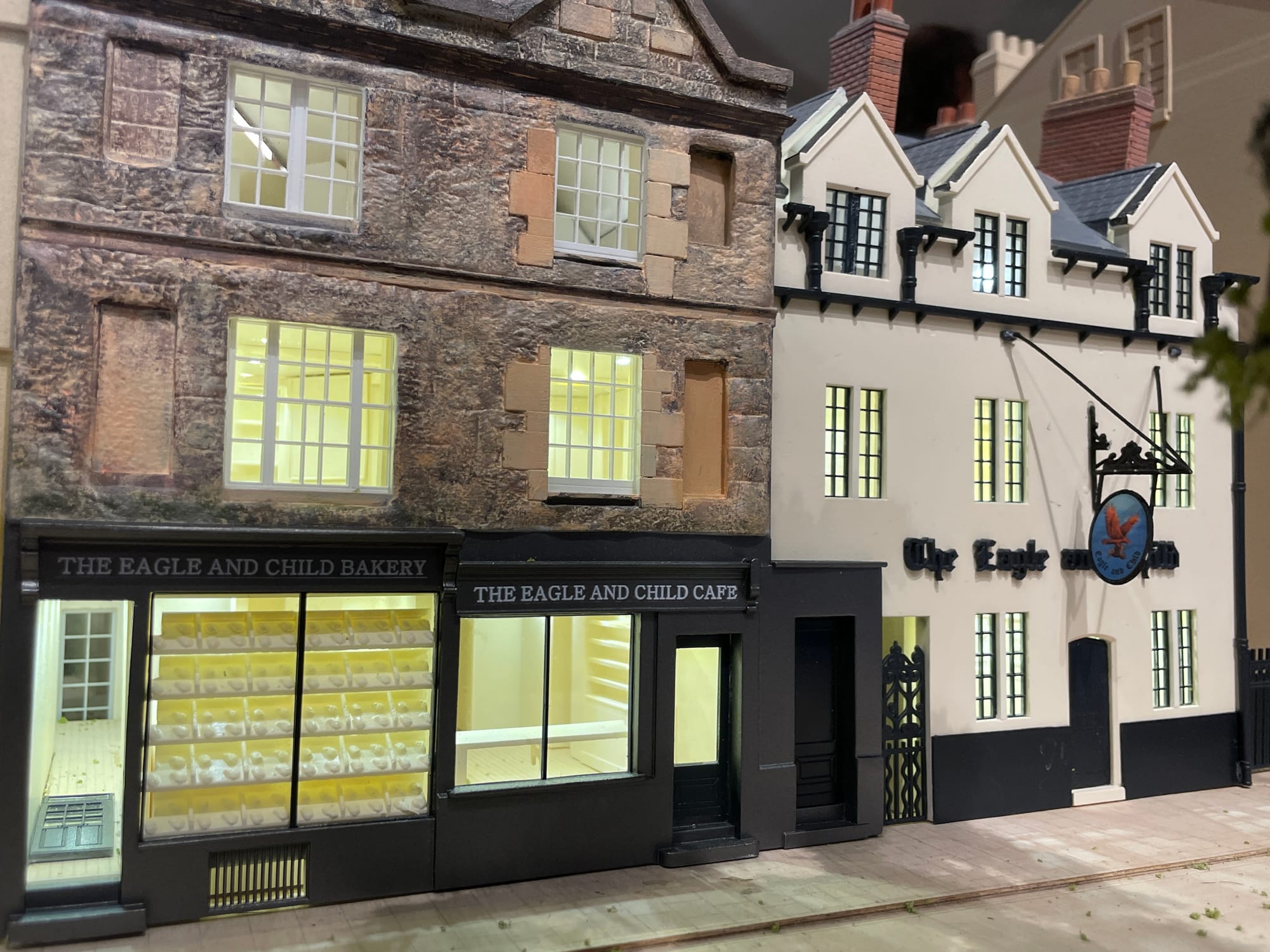
Current state
The revamp is being helmed by international architecture practice Foster & Partners. Donald Insall Associates have been engaged for the conservation work, adding to a portfolio that includes the Houses of Parliament and Caernarfon Castle. Also on the payroll are structural engineers and a firm of sustainability consultants. At a time when CAMRA’s heritage group reports monthly on historic pub interiors being torn up by unsympathetic landlords, every inch of heritage in the Eagle & Child has been meticulously studied.
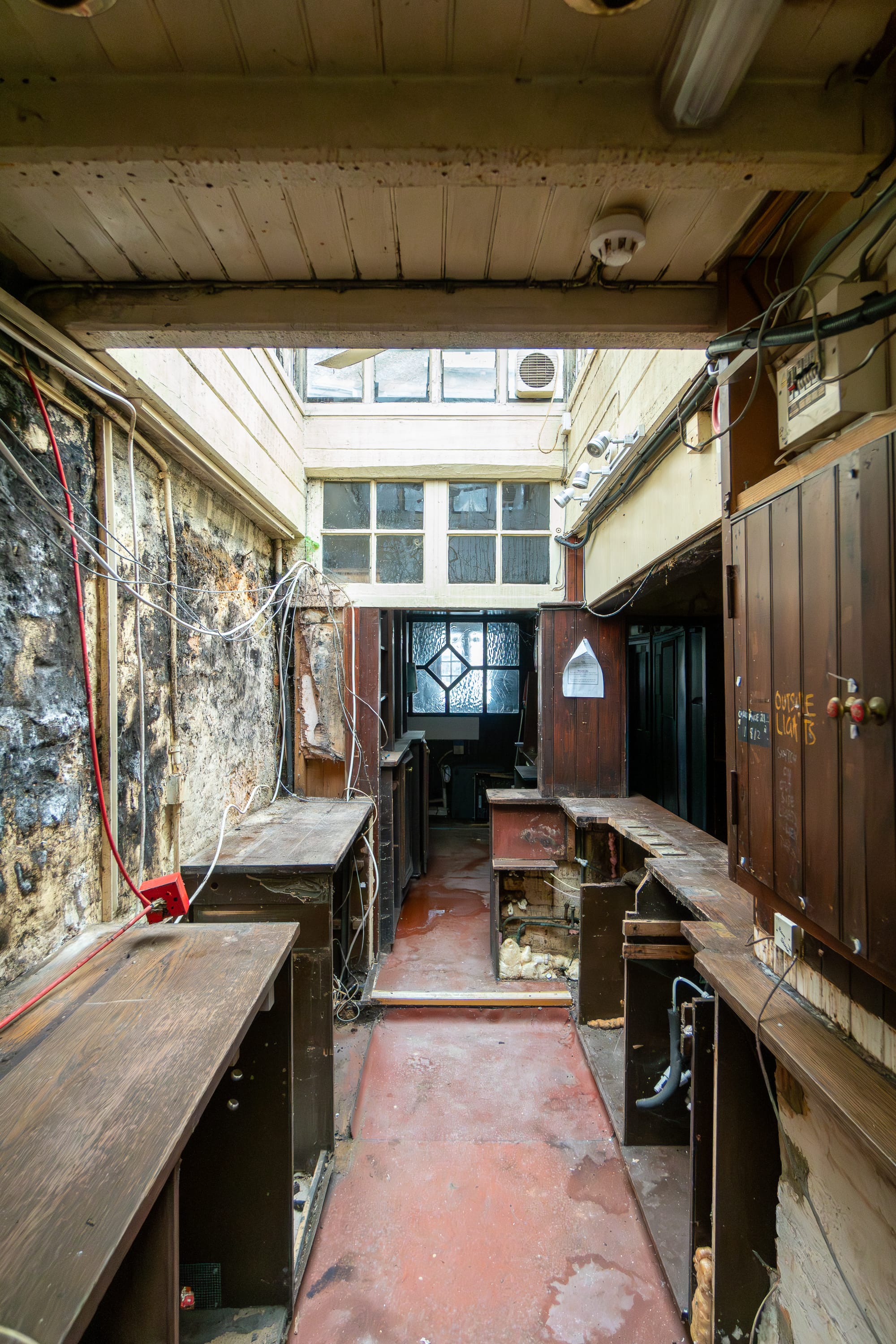
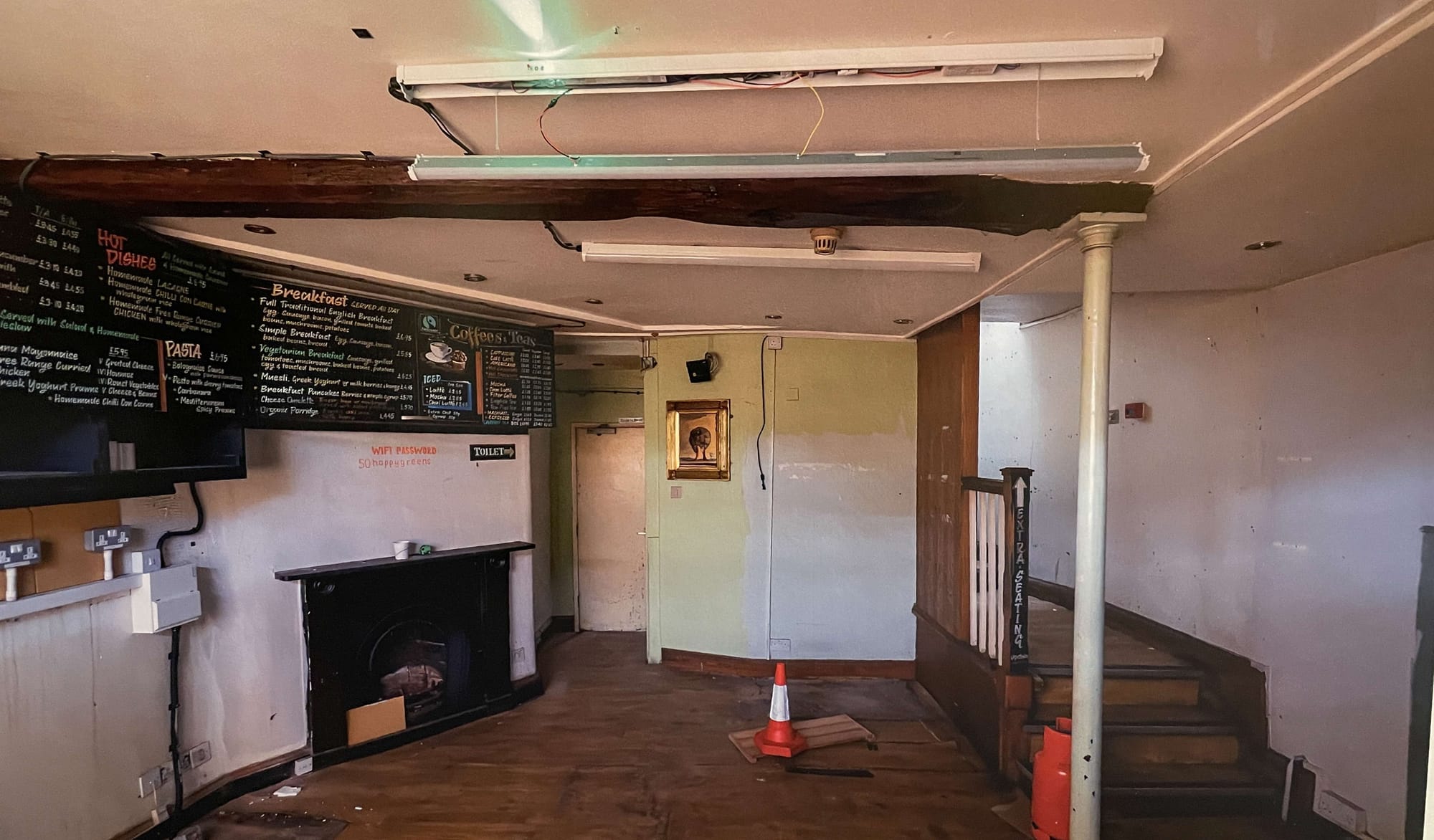
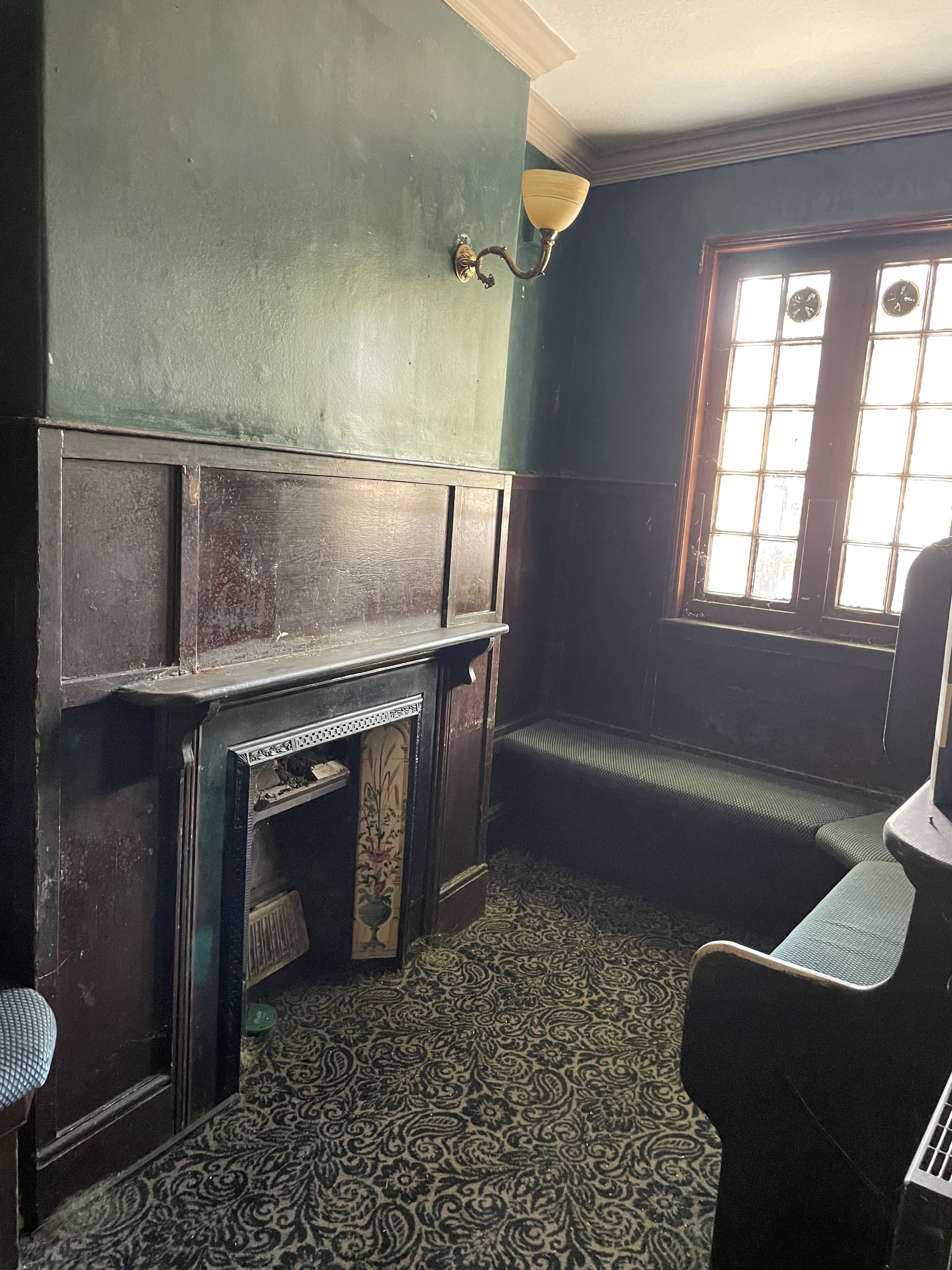
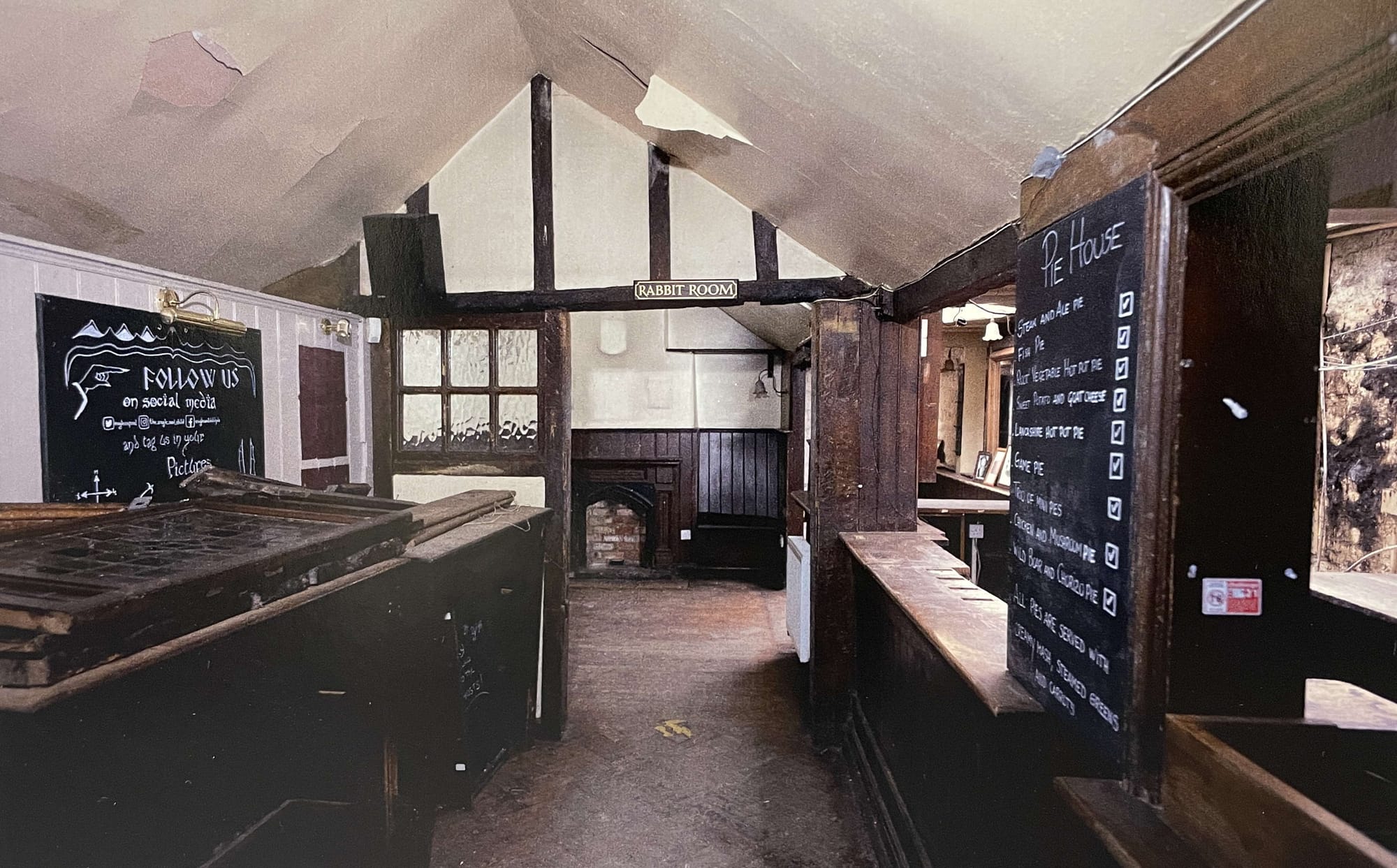
Phase 1 is a programme of “external conservation works” to preserve the fabric of the pub. Scaffolding went up this week, with a planning application for the physical works currently under consideration by Oxford City Council. As aficionados of planning documents, we can honestly say we have seen applications for small housing estates with less detail than the conservation plans for this one pub.
The two units – the Eagle & Child and the former Greens Café next door – have been maintained in a workaday fashion for decades. The work set out in the planning documents, though substantial and costly, may only be noticed by the eagle-eyed: fixing substandard roofing and window frames, reintroducing historic mortars, refinishing stonework. The architects state it will have “minimum visual impact on the appearance of the existing building or fabric of heritage significance”.
Essentially, this application is to stabilise a building that has suffered no more or no less than many in Oxford.
The pub
At a date yet unannounced, the Ellison Institute of Technology will submit a second set of plans. This is where the project leaps from ‘conservation’ to ‘restoration’ – and beyond.
The pub has always been warren-like, and EIT intend to lean into this. The two existing parlours will be refurbished, and a third one brought back into use. The snaking layout of corridors and passages will be deliberately retained to encourage conversation – one mockup speaks of a “social corridor”. The Rabbit Room, where the Inklings met, is said to get its name from a landlady who kept rabbits rather than as a place to rabbit on. But the point remains.
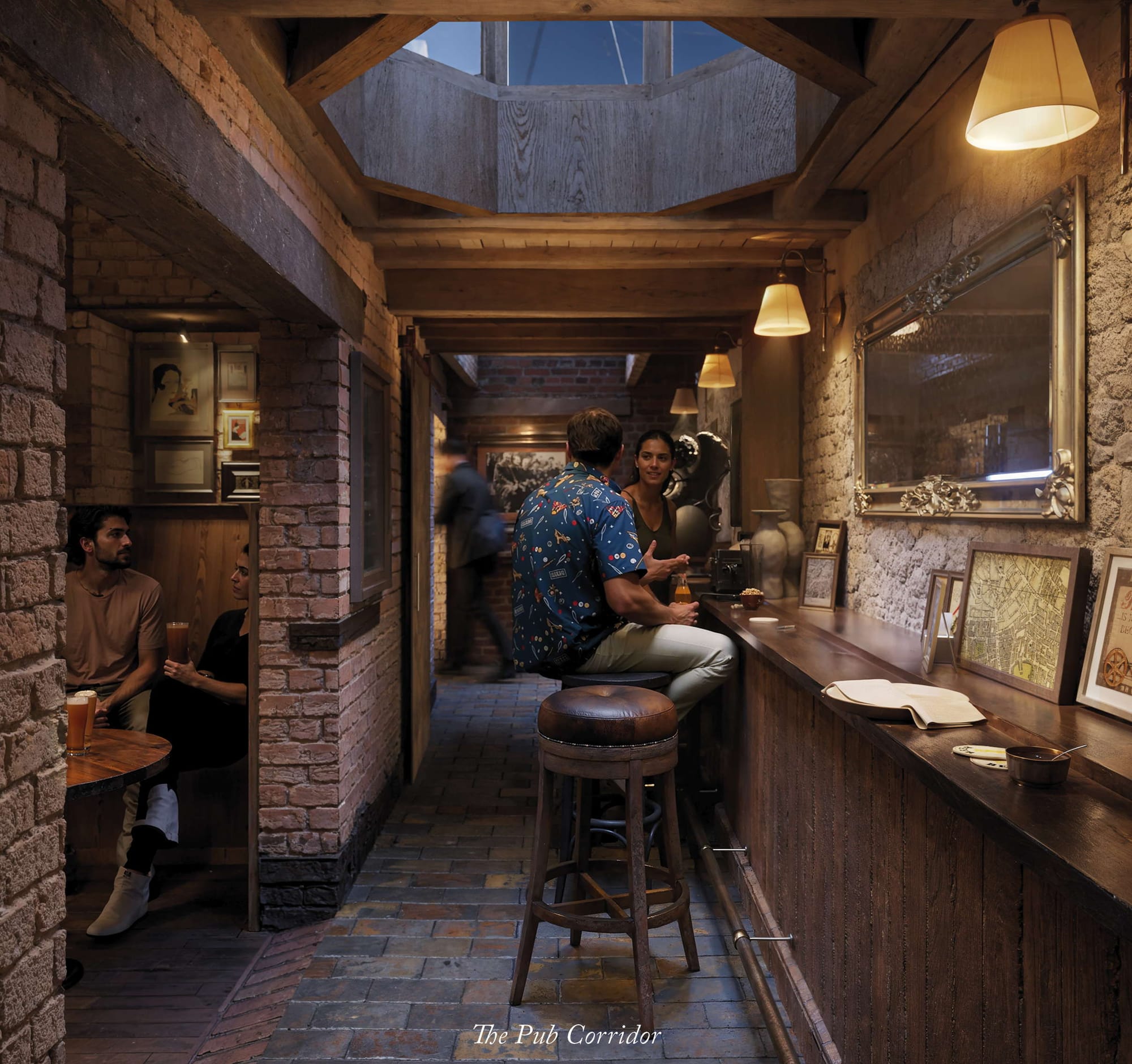
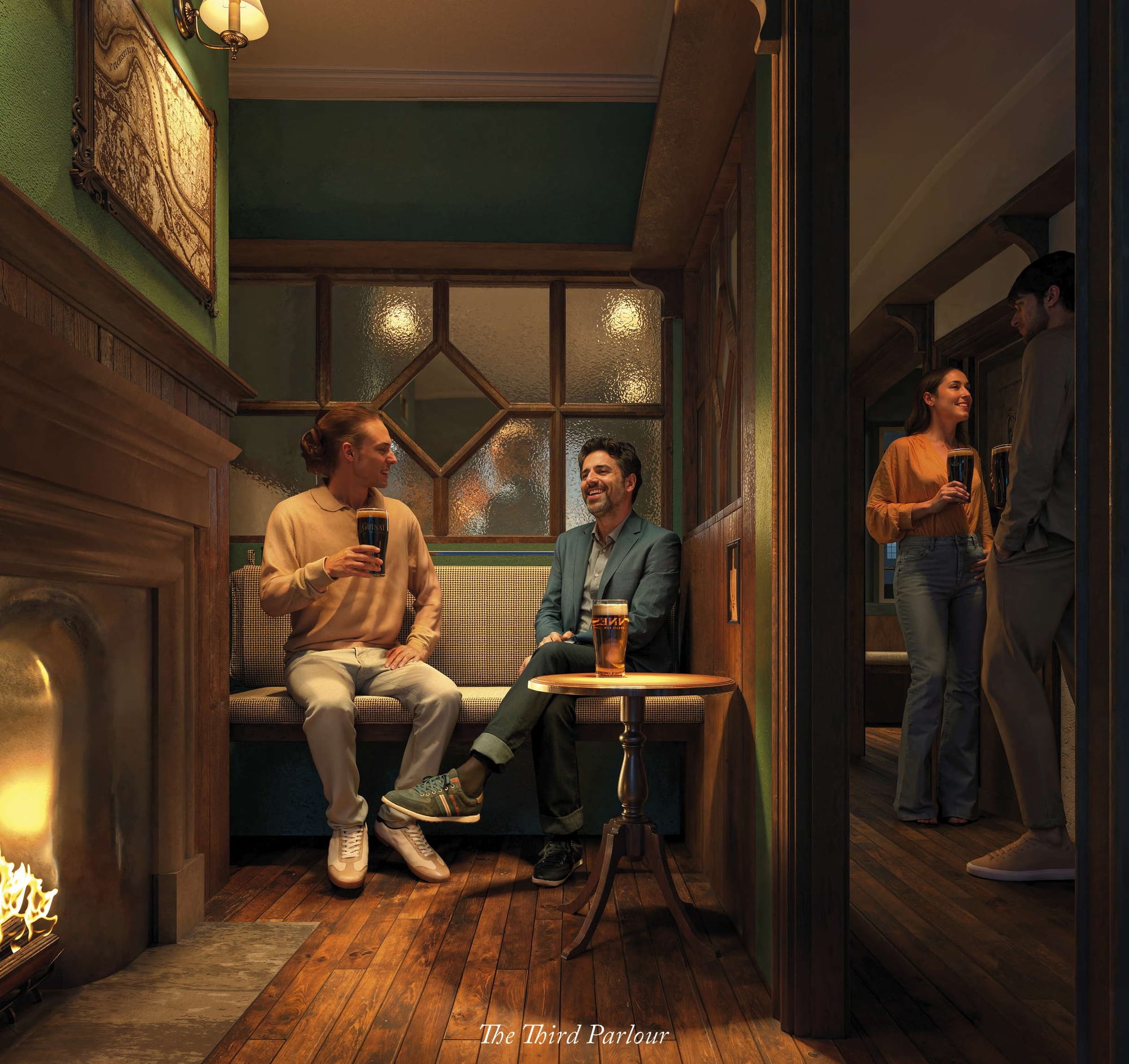
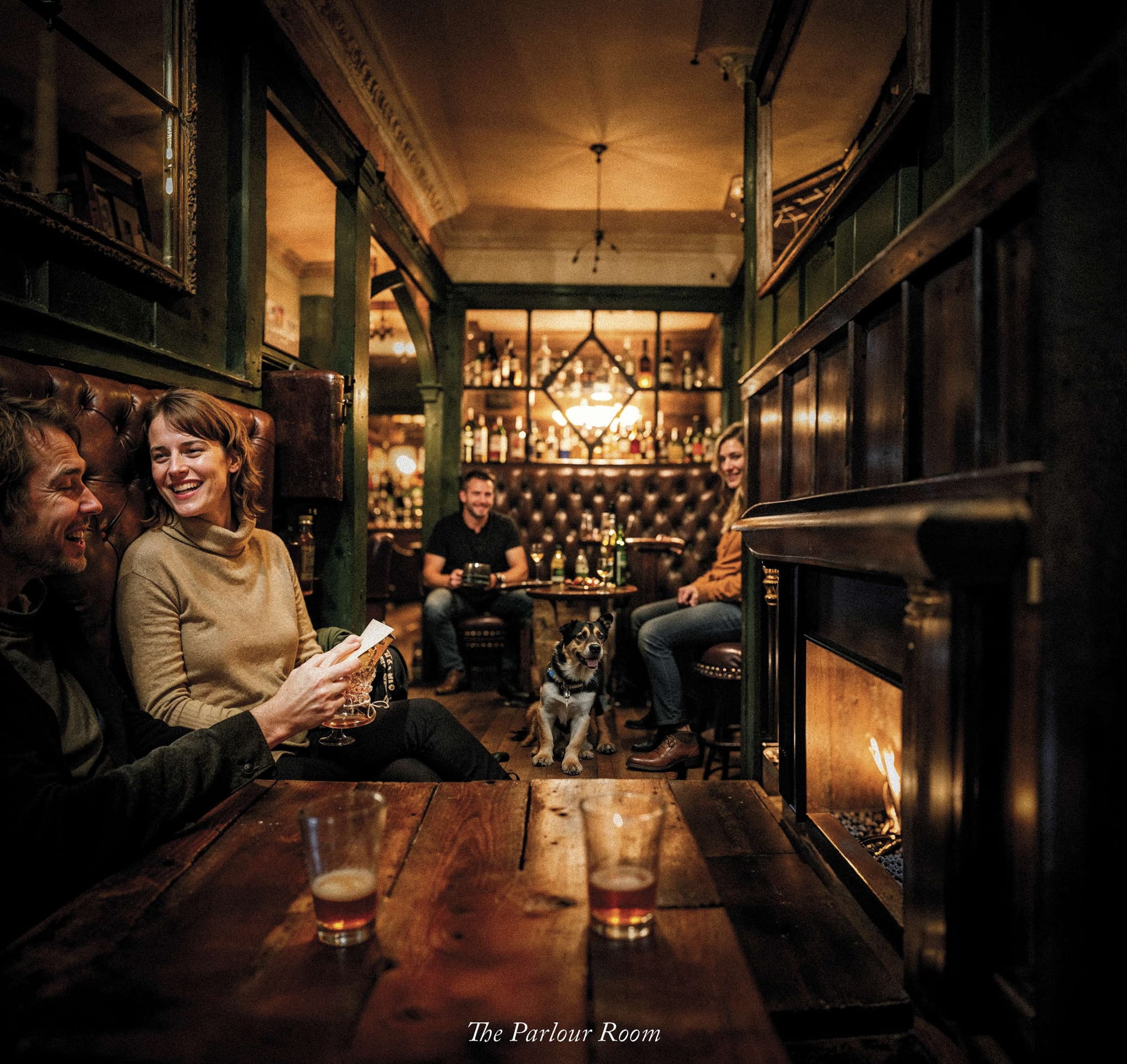
Dave Richardson from Oxford CAMRA gave a qualified thumbs-up to the proposals.
It is heartening to see that EIT will honour its word and restore this famous building as a traditional pub with its historic features intact. I am particularly pleased to see that the front parlours, which I think of as alcoves, will be restored. This was always my first choice of seating when I went in but others were often there before me.
But I remain rather concerned about the size of the bar, and adapting the long, narrow building was always going to be a challenge. Overcrowding and queuing at the bar were a major problem, and I can remember going in at times but giving up on trying to get a drink.
I hope EIT will consider appointing a small independent operator to run the pub, and not hand it over to one of the bland corporate chains which will put their dreary stamp (and muzak) upon it.
Dining
Before EIT, St John’s College owned the pub. Together with Young’s Brewery, they had hatched a plan to make this awkward building financially viable by opening a boutique hotel in the space. That scheme has, perhaps thankfully, been dropped. EIT will not be offering hotel rooms. But they will be serving food.
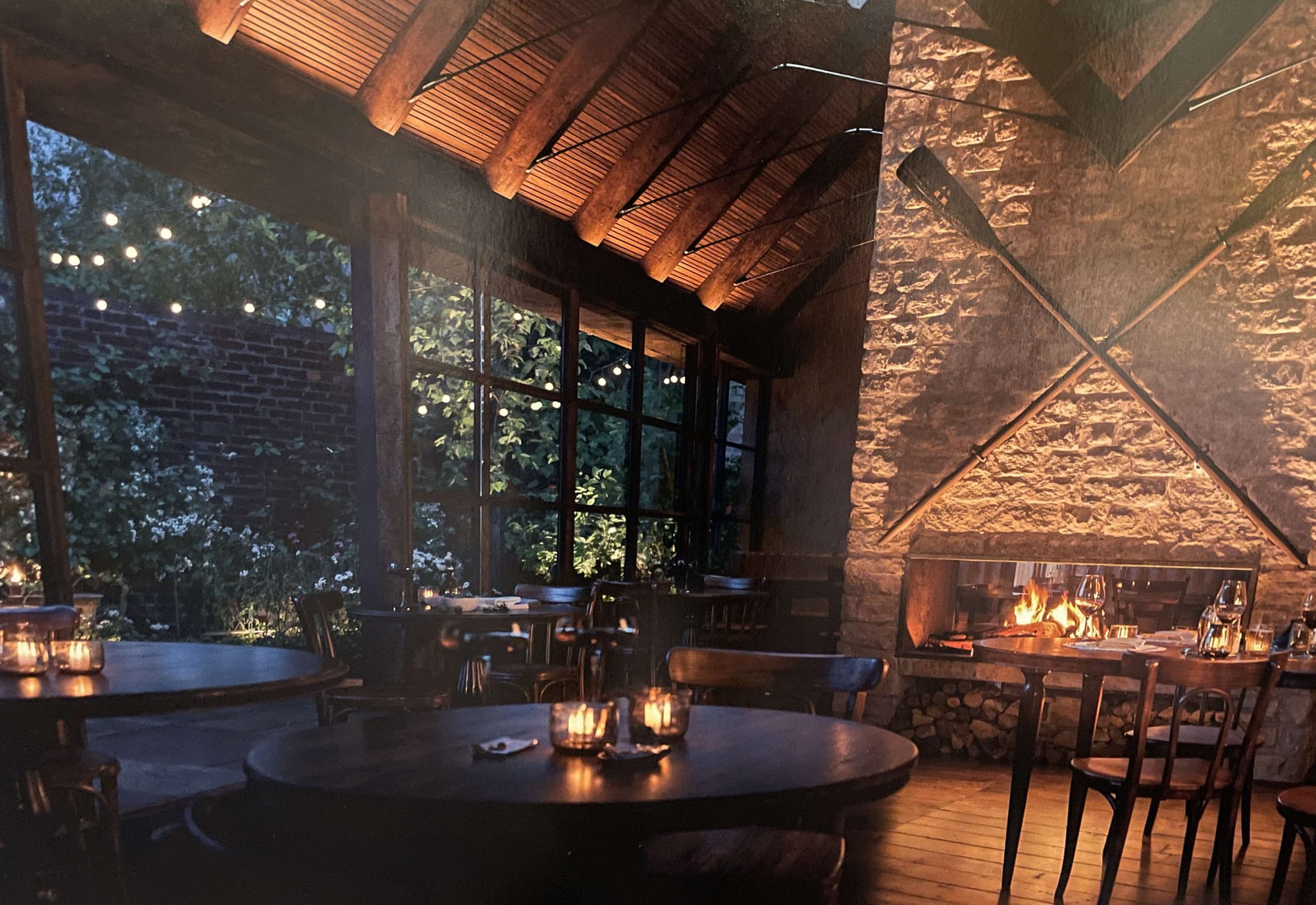
Oxford city centre pubs, by and large, do not do Food with a capital F. Many of them do pub grub (burgers, pies, fish and chips) but nothing more ambitious. To eat well in a pub, you need to venture into the suburbs – or the Cotswolds.
The city has restaurants, of course, yet almost all the stand-outs are world cuisine. For central Oxford’s attempts at traditional English “dining”, we can put it no better than Jay Rayner’s 2018 review of the Parsonage Grill:
Parsonage Grill is a slick restaurant, as it should be given it belongs to Jeremy Mogford, who launched the chain Browns. He sold that in 1996 for big money and now dominates Oxford with this place, Gee’s and Quod, all of which are engineered to keep the world at bay. They are what privately educated Oxford undergrads do with their divorced parents at weekends. […] It’s designed for the sort of person who, questioned the next day, couldn’t for the life of them recall what they had eaten and who, crucially, wouldn’t give a toss that they had dropped £50 on something so utterly unmemorable. It feels like cynicism dressed up as English politesse.
The Eagle & Child seeks to change that. Included in the plans are a “pub dining” area, with artists’ impressions showing a restaurant-like layout but with the obligatory roaring fire at the centre and rowing paraphernalia on the walls. You could describe the décor as “Daylesford comes to Oxford”. Plans are in their infancy, of course, but this is not a dining room that will be satisfied with an Eagleburger and chips.
Bakery and café
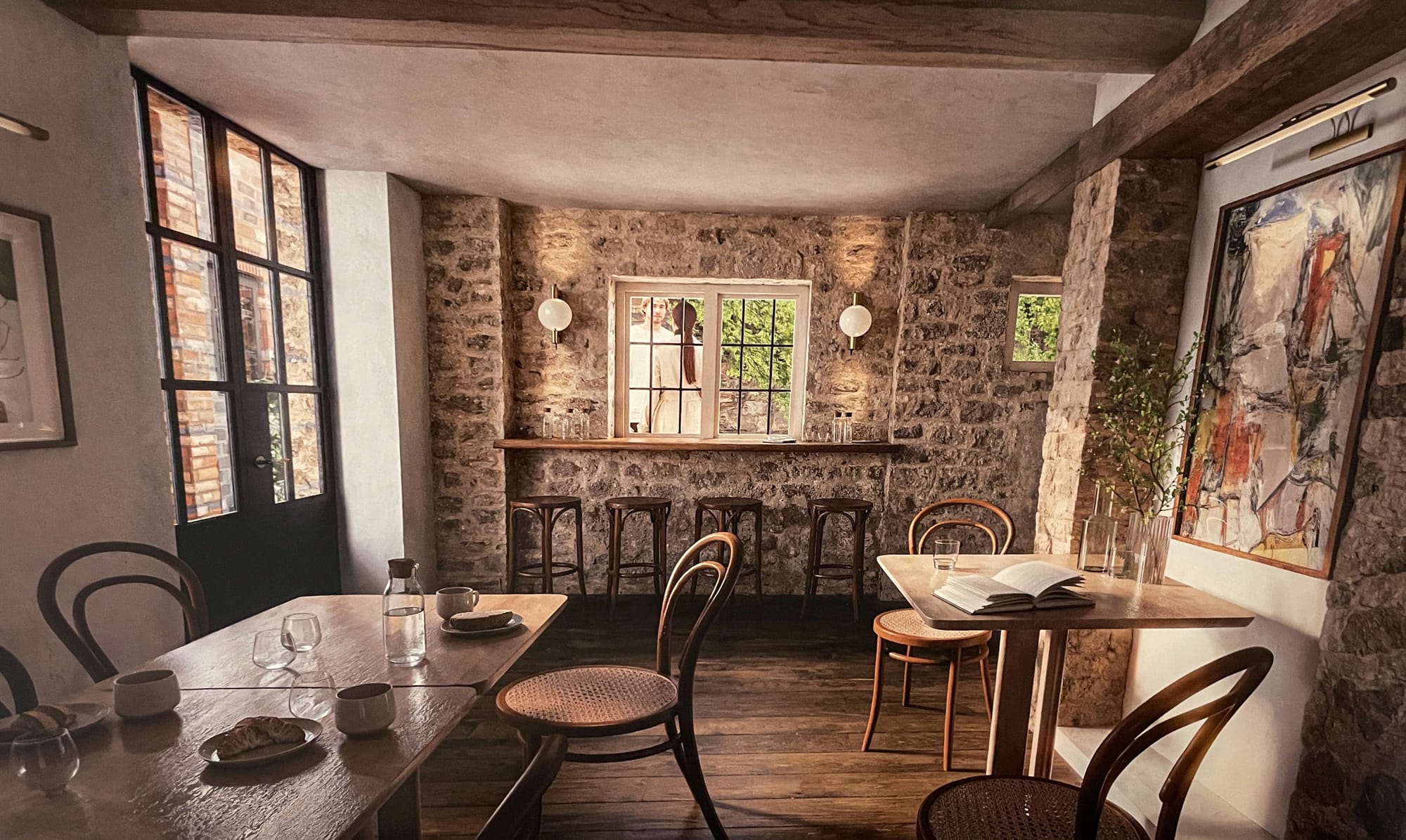
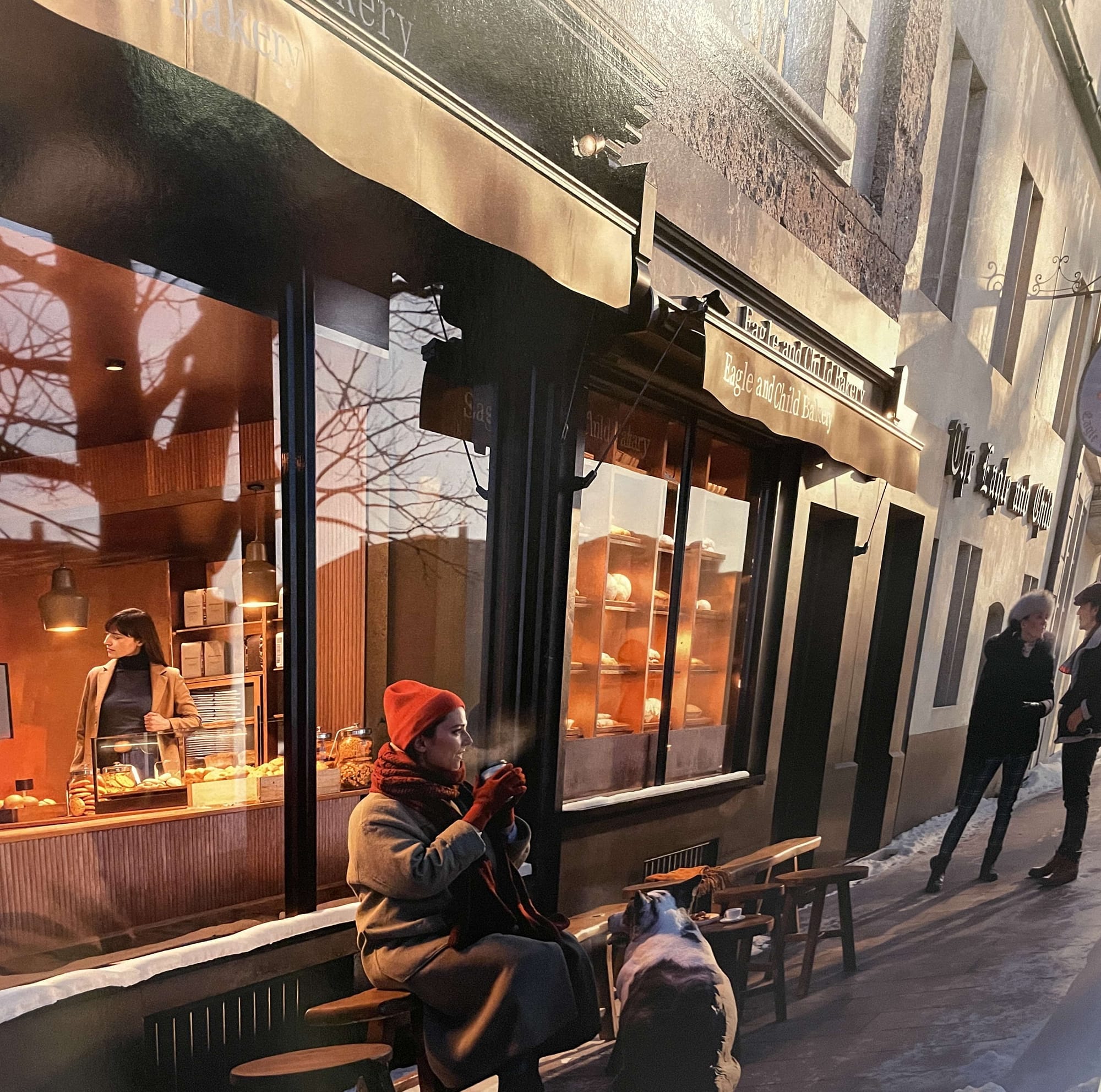
Next door to the Eagle & Child, Greens Café had a dedicated following for its all-homemade offerings and the friendly (verging on cramped) two-storey layout.
EIT plan to reinstate a café here, but with a very different vibe. A basement bakery will serve up fresh bread and pastries to both café and pub, so you can enjoy a brioche with your beer or a croissant with your cider. The café itself will only be single-storey. In summertime the rear garden could provide additional seating, while the artists’ impressions valiantly try to make a winter’s day on St Giles look appealing (tourist coaches not shown).
Scholars’ quarters
Why is a Californian billionaire funding an Oxford pub, even one where Tolkien and Lewis once conversed? The answer lies on the Eagle & Child’s upper floors.
Ellison Scholars will be graduates and undergraduates “passionate about solving humanity’s most serious problems”. At least 20 will be appointed each year, working at EIT’s £1bn campus with the Faculty Fellows on solving the world’s problems through technology. Ellison could hardly set his sights higher:
The next generation of political and entrepreneurial leaders will inhabit a world being continuously transformed by technological advancement. Progress in artificial intelligence, genetics, robotics and data science will fundamentally transform a majority of our economy and change the way we live, work and govern ourselves.
The Eagle & Child will be these scholars’ common room.
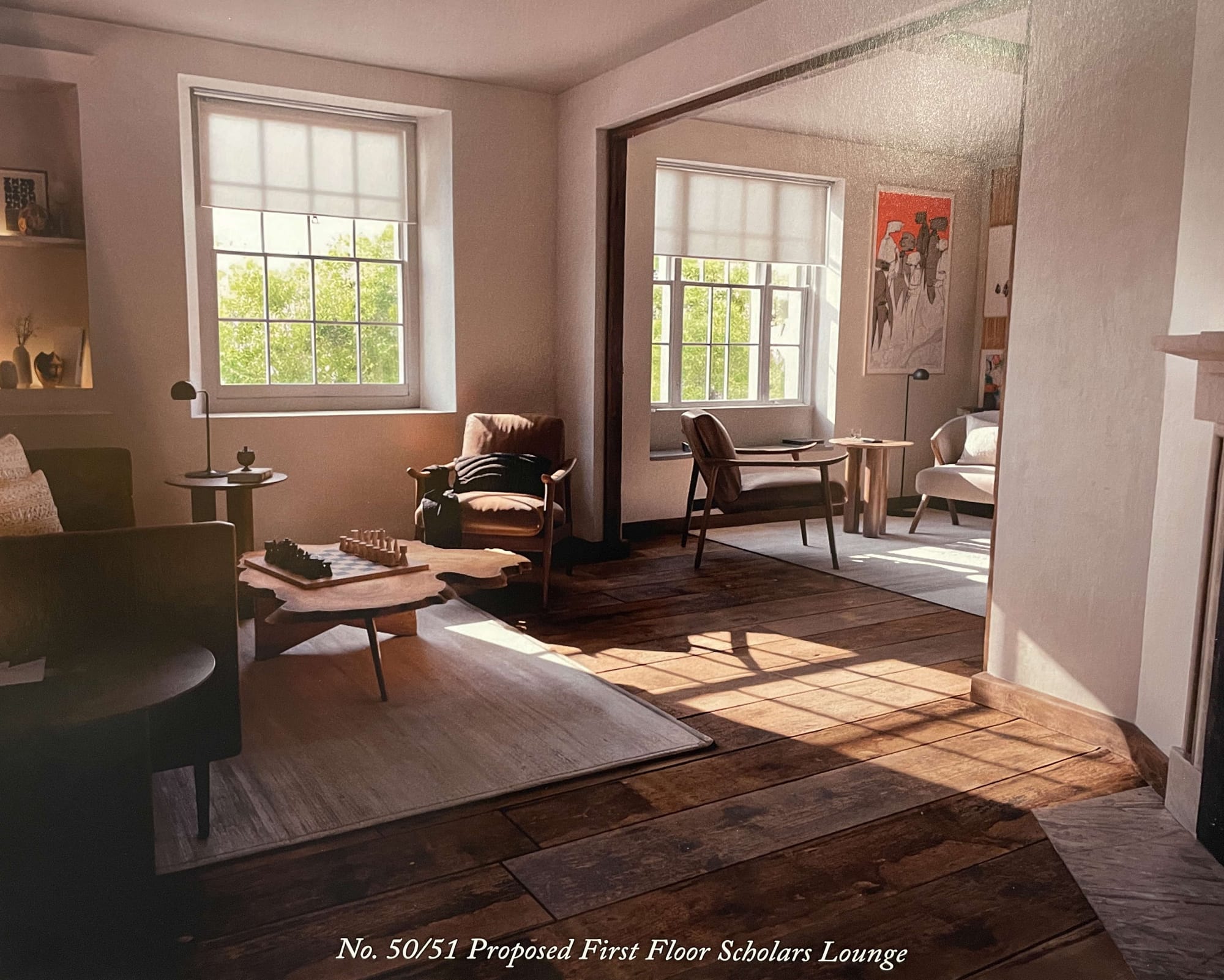
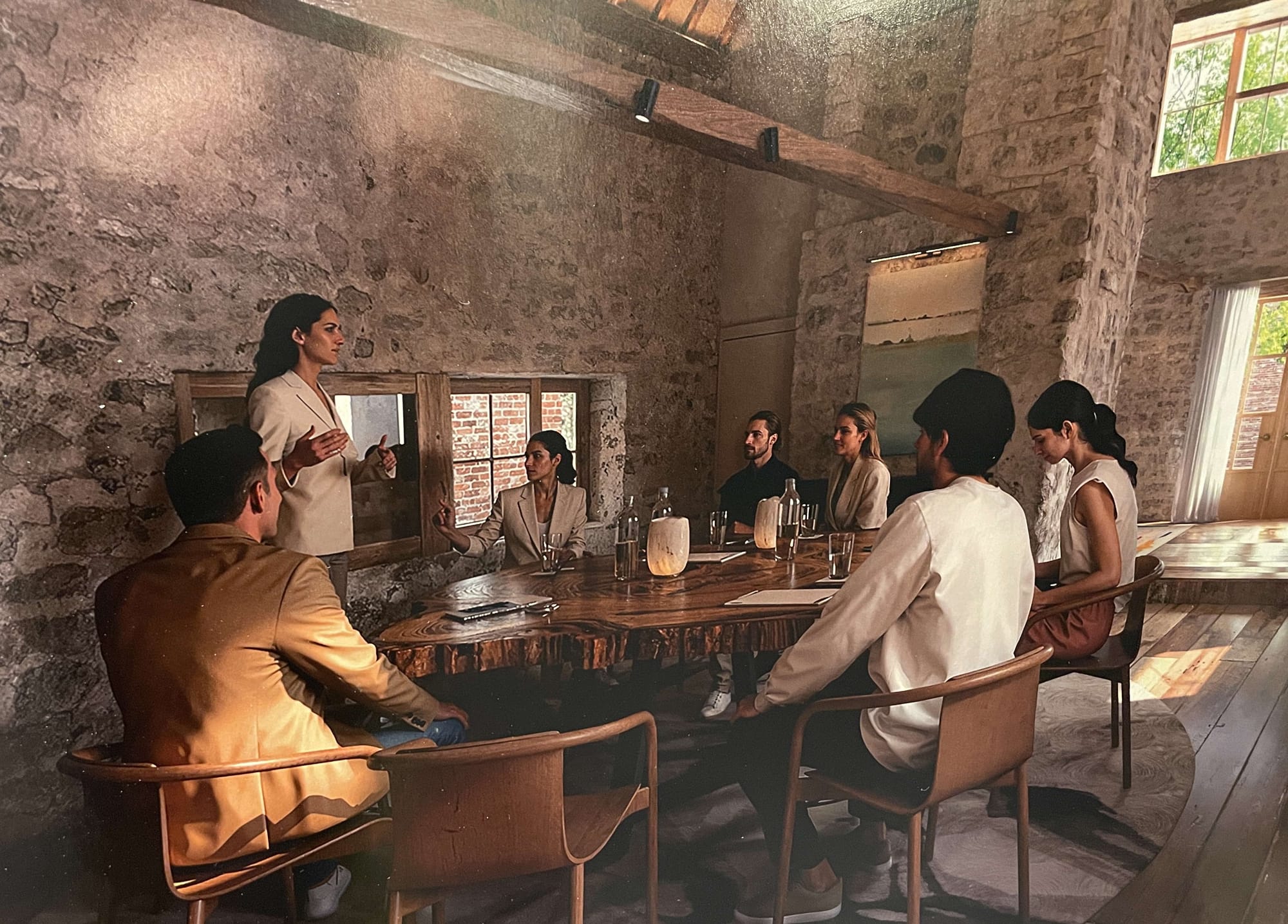
The building will house a Scholars’ Common Room, Scholars’ Lounge, Study Room (all on the first floor) and Collaboration Space (second floor). EIT describes it as “the ultimate meeting place from morning to night”. If you are seeking a place where brilliant minds meet to create world-renowned works, you could hardly choose a better archetype than the pub where Tolkien and Lewis bounced ideas off each other.
Endowing Oxford scholarships is a time-honoured way for the rich and powerful to burnish their reputations, from Cecil Rhodes to Rupert Murdoch. Larry Ellison could be seen as merely the latest in this tradition. Yet EIT is seeking not just to fund research, but to direct and further it. Oxford’s 21-year reign as the world’s best university is forever under threat by newer (Oxford: 1096. Harvard: 1636), assertive, lavishly endowed American institutions. The Oxford/EIT partnership is a statement that it has no intention of relinquishing first place.
Pubs ancient and modern
Visitors to Oxford come for the history and the tradition. The city centre is low on warehouse-style beer hangars, neon pink cocktail bars and Damien Hirst coral reefs.
Oxford does one thing and one thing well: dark wood-panelled traditional pubs. Even Beerd, which was really just an old-fashioned pub with a trendy name, has once again become the Grapes, an old-fashioned pub with an old-fashioned name. (The panelling in the reopened Lamb & Flag is light, ish. This is what counts for innovation in Oxford pubs.)
The Eagle & Child is not about to buck that trend – and nor should it. It may have been Tolkien’s local, but “drums, drums in the deep” was never going to refer to a basement drum & bass night.
Yet the plans do offer Oxford something different. A pub/restaurant with its sights above pub grub; an artisan bakery; a no-holds-barred historic restoration; and a common room for tomorrow’s “global technology innovators and leaders of the future”.
The Eagle & Child will not reopen before 2027. Planning permission has not yet even been granted for the building conservation work, let alone the extensive restoration and revival. But this painstaking timetable could neatly dovetail with another plan for the area.
St Giles, where the Eagle & Child sits, has long suffered from Oxford’s tendency to turn its historic spaces into car parks. Broad Street, the most notorious example, was semi-pedestrianised in 2022-23. Just a year on, restoring the car park already seems unthinkable.
Nothing as dramatic as pedestrianisation is proposed for St Giles, but Oxfordshire County Council recognises that the wide expanses of tarmac and rows of idling tourist coaches do nothing for the historic streetscape. It is earmarking funds to rebalance the street away from its current, car-dominated form, planning “an improved space for pedestrians, cyclists and improved arrangements for buses and tourist coaches”. With the revived Lamb & Flag on one side and the Eagle & Child on the other, the street could once again become the historic gateway that Oxford deserves.
